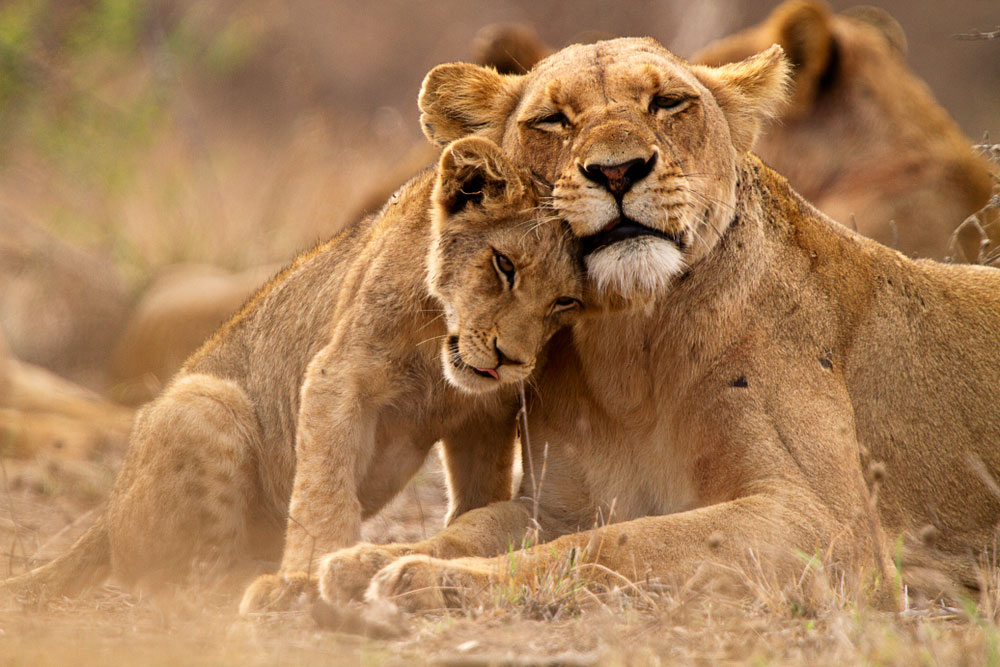The wilderness and its creatures, great and small, have evoked a wide range of responses in naturalists, writers as well as those who have blurred the lines between these two species. The works of Jim Corbett, for instance, show him to be, more than anything else, a keen student of the wild. Kenneth Anderson, on the other hand, was more interested in adventurism and, dare one add, embellishment, traits that he shares with Ernest Hemingway, whose True at First Light, while being a self-absorbed account of a safari in Africa, was redeemed somewhat by its exploration of subterranean violence.
James Herriot and Vera Chaplina — the Soviet writer and naturalist was born on April 24, 1908 — occupy the other end of the spectrum in this genre. Their literary works seek to smoothen the coarse edges of a literary tradition — Anderson was an enthusiastic proponent — that sought to reiterate the message of man’s mastery over beast. There can be no better, or gentler, introduction to the world of animals, albeit domesticated ones, for young readers than Herriot and Chaplina.
Zoo Babies, written by Chaplina in 1956 — Vostok, the Soviet publisher, presented this jewel to Bengali children in an excellent translation by Rekha Chattopadhyay and Bijoy Pal — is a testimony to Chaplina’s skills of sensitizing young minds to animals without resorting to sentimental excesses. This is not to suggest that Chaplina’s tenderness for the orphaned animals was meant to be ornamental. After the Revolution in 1917, Chaplina had been abandoned in an orphanage in Tashkent. Tellingly, she names one of her loved ones, a lion cub, Kinuli. In Russian, Kinuli means the abandoned one.
What often goes unnoticed in these stories is Chaplina’s ability to delve into the complexities of the relationship between the zookeeper and the animals.
The fierce resistance put up by Raji, Moscow zoo’s first ever Royal Bengal Tiger, to Chaplina’s affections can be read as a heroic but ultimately futile attempt on the part of the majestic animal to retain a semblance of independence even within a cage.
Interestingly, Zoo Babies and True Stories from the Moscow Zoo offer glimpses of a communist State’s scientific yet humane management of zoos, turning the enclosures into sites of meaningful engagement between visitors and the visited. It is a pity that in spite of possessing relatively better resources, Indian zoos and their keepers remain ignorant of the shining example set by Chaplina and her employers all those years ago.










